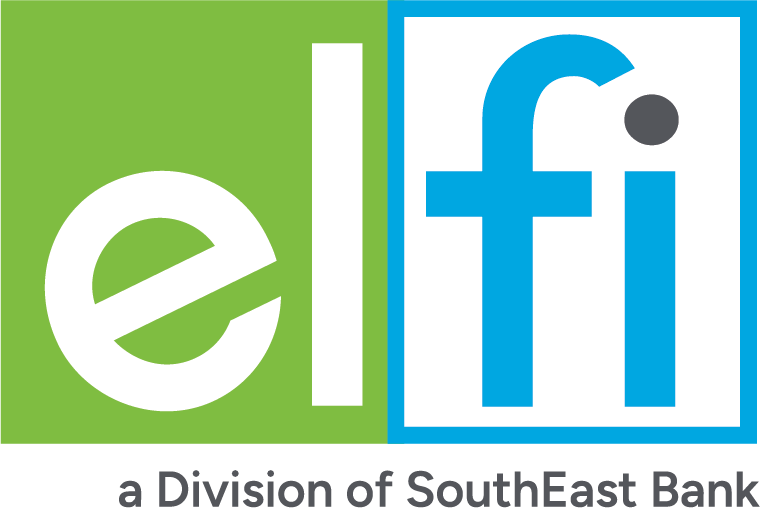Pause in Student Loan Payments Helps Borrowers Pay for Necessities
A third of Americans with federal student loans in automatic forbearance are using the break from their monthly bill to cover items like food and rent, a NerdWallet survey finds.

Many, or all, of the products featured on this page are from our advertising partners who compensate us when you take certain actions on our website or click to take an action on their website. However, this does not influence our evaluations. Our opinions are our own. Here is a list of our partners and here's how we make money.
Find the latest
SAVE lawsuits: What borrowers need to know
On-ramp ends Sept. 30, 2024: Make a plan to pay ASAP
Get your loans out of default: Sign up for the Fresh Start program
Student loan scams rising: How to protect yourself
powered by
Financial upheaval stemming from the coronavirus pandemic has made meeting monthly bills more difficult for millions of Americans. But those with federal student loan debt — or more than 42 million U.S. adults — were granted temporary reprieve from their loan payments. As a short-term measure to help free up cash, all federal student loans were put on automatic payment pause, known as forbearance, through the end of this year, giving borrowers the option to redirect those funds toward more pressing financial priorities.
And they’re doing just that. A third of Americans with federal student loan debt of their own (33%) say they’re using the money that would normally go to loan payments while they’re in automatic forbearance to pay for necessities like rent and food, according to a new NerdWallet survey. Others are using it to pay down/off other debt (29%), save (25%) or invest (17%).
While this forbearance may be helpful for graduates, current students are struggling with the impacts of the pandemic and some would-be students have opted out because of it, the survey found. In fact, an overwhelming majority of Americans who intended to enroll in college/grad school for the 2020 fall semester but did not (91%) say that at least some of their decision to take time off or drop out of school was related to the COVID-19 pandemic.
We asked about the pandemic’s impact on the finances of past and current students, and the overall experience of students enrolled in college for the fall semester in the NerdWallet survey of 2,045 U.S. adults, which included 592 who have student loan debt and 269 college students. The survey was conducted online Oct. 12-14 by The Harris Poll.
“It’s an unusual time to attend college and an incredibly difficult time to carry student loan debt — especially if you or your family are out of work,” says Anna Helhoski, NerdWallet’s student loans expert. “But there are levers in place to keep debt manageable for most borrowers when repayment begins, like payment plans based on your income or deferment.”
Key findings
Payments going elsewhere: About 3 in 10 Americans with federal student loans of their own (29%) are using the money that would otherwise go toward loan payments to pay down/off other debt, like credit cards (16%) and private student loans (8%), the survey found. A quarter of personal federal student loan borrowers (25%) say they’re putting what would have been their loan payments into savings.
Post-forbearance foreboding: Close to half of Americans with federal student loan debt of their own (45%) aren’t confident they’ll be able to make their loan payments when the automatic forbearance ends Dec. 31.
Questioning the value of education: According to the survey, 1 in 5 college students (20%) are dissatisfied with their fall semester experience because they don’t feel like they’re getting their money’s worth, and 14% say it’s because they don’t want to pay tuition costs for remote learning.
Lives and choices disrupted: More than three-quarters of college students (78%) say their living situation for the fall semester was affected by the COVID-19 pandemic. About the same proportion of college students (77%) say this about their choice of which school to attend, the survey found.
Temporary relief for federal student loan borrowers
Due to the pervasive impact of the pandemic on Americans’ finances, Congress and the Trump administration sought to ease the burden for consumers in several ways. The automatic forbearance for student loans, which began March 13, is interest-free. This means federal student loan borrowers aren't expected to make payments and their debt won't grow during this time.
As of September 2020, 42.3 million Americans have federal student loan debt, so this payment pause could free up hundreds of dollars (or more) in many monthly budgets. According to our survey, Americans who report having federal student loan debt of their own say they’re redirecting the money that would normally go toward loan payments to pay for necessities (33%) or pay down/off other debt (29%).
Student loan borrowers are taking various approaches to pay down their loans during the coronavirus pandemic. A quarter of Americans with student loan debt of their own (25%) say they've continued to make payments as they did before the start of the pandemic, the survey found. The same proportion (25%) modified their loan payments using an income-driven repayment plan. And more than 1 in 10 borrowers with student loans of their own (11%) chose to refinance their private loans, which could bring down interest costs on loans that weren’t put on a payment pause.
While the automatic forbearance for federal student loan borrowers has provided some much-needed financial relief for borrowers, the end is fast approaching. According to the survey, close to half of Americans with federal student loan debt of their own (45%) aren’t confident that they’ll be able to make their loan payments when automatic forbearance ends.
What student loan borrowers can do now: Assuming the federal loan forbearance expires as planned on Dec. 31, borrowers have one or two nonpayment periods left. This could be a good time to direct that money toward other financial priorities — like beefing up an emergency fund or paying off high-interest debt — or making a lump sum payment on your federal student loans.
“The ideal way to use this time will depend on your situation. If your finances have remained unchanged during the pandemic, you could put those would-be monthly payments toward lowering your loan principal, which will help you save on interest and get rid of your debt faster,” Helhoski says.
“But this isn’t the case if you’re one of the millions of unemployed Americans. This time is crucial to prepare for that first loan bill to arrive come January,” Helhoski says. “In these final days, touch base with your servicer and gather all paperwork needed to enroll in an income-driven repayment plan or apply for an unemployment deferment.”
Current students navigating many changes in our ‘new normal’
While many current college students are continuing to borrow money to pay for college, the COVID-19 pandemic may have some questioning if it is even worth it. In the survey, more than half of college students (54%) report having student loan debt of their own; meanwhile, a large majority of college students (84%) say they’re dissatisfied with their fall 2020 college experience so far — with 1 in 5 (20%) saying it’s because they don’t feel like they’re getting their money’s worth.
COVID-19’s impact on education, employment and more
The loss of the college experience means more than missing out on dorm life, parties and extracurricular activities — it also means negative effects on the quality of students’ education, and has even pushed back graduation dates.
Over three-quarters of college students (78%) say their living situation was impacted by the pandemic, and about the same proportion (77%) say this about their choice of school to attend. Close to 1 in 5 college students (19%) say that due to remote-only classes, they had to live at home or off campus, while 18% of college students planned to live at home originally, but opted to live on campus to reduce their family’s risk of exposure, according to the survey.
Meanwhile college choice was split, with some students choosing a college that offered all-remote classes (21%), others picking a school with a hybrid model of remote and in-person classes (18%) and some choosing a college that still offered 100% in-person classes (13%), the survey found.
What’s next for current students
So where do students go from here? About 1 in 10 college students (9%) may be heading to the workforce as they plan to graduate at the end of the fall semester, according to the survey. More than half of college students (56%) plan to stay enrolled at their current school for the 2021 spring semester. But others are leaving, either for another school or altogether.
What students can do now: The COVID-19 pandemic has wreaked havoc on our lives, and there’s not much that can safely be done to give college students the experience they wanted or expected. However, there are options for students who are hurting financially and are worried about their ability to stay enrolled in school, including emergency aid offered by some colleges and additional financial aid with the Free Application for Federal Student Aid (FAFSA).
“Try to stay in school if your financial situation makes it possible,” Helhoski says. “Not only have studies shown that a college degree leads to significantly higher earnings over your lifetime, it’s also harder to finish school if you take a gap. Continuing enrollment is especially important if you already have student loans since you put yourself at a higher risk of defaulting on the debt, which damages your finances further.”
Methodology
This online survey of 2,045 U.S. adults ages 18 and older on Oct. 12-14, 2020, was conducted by The Harris Poll on behalf of NerdWallet. Of those polled, 269 are college students (undergraduates or graduate students), and 592 have student loan debt. This online survey isn’t based on a probability sample, so an estimate of theoretical sampling error cannot be calculated. For complete survey methodology, including weighting variables and subgroup sample sizes, contact Mauricio Guitron at [email protected].
Student loan refinancing from our partners

on SoFi
SoFi
4.5
NerdWallet rating
4.5
NerdWallet rating4.49% - 9.99%
650
on SoFi
on Earnest
Earnest
5.0
NerdWallet rating5.0
NerdWallet rating4.29% - 9.89%
650
on Earnest


